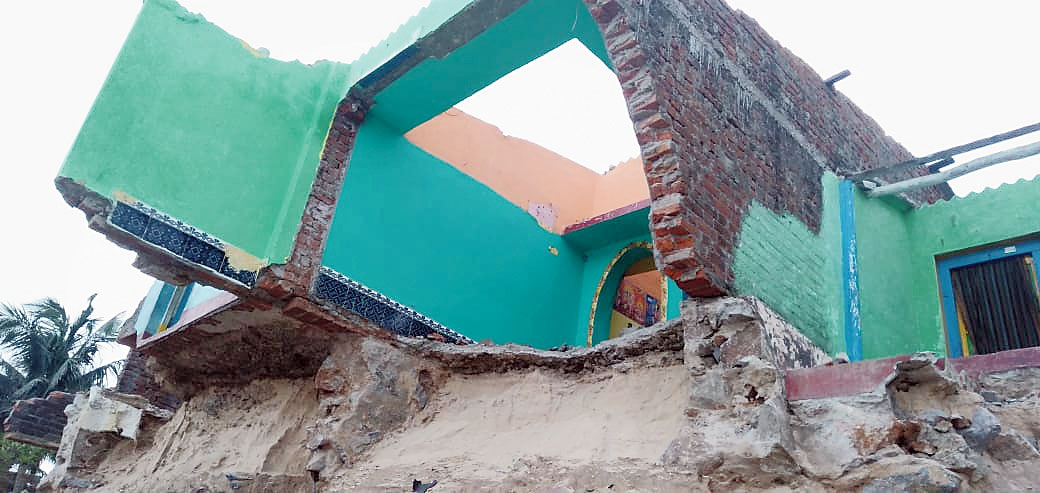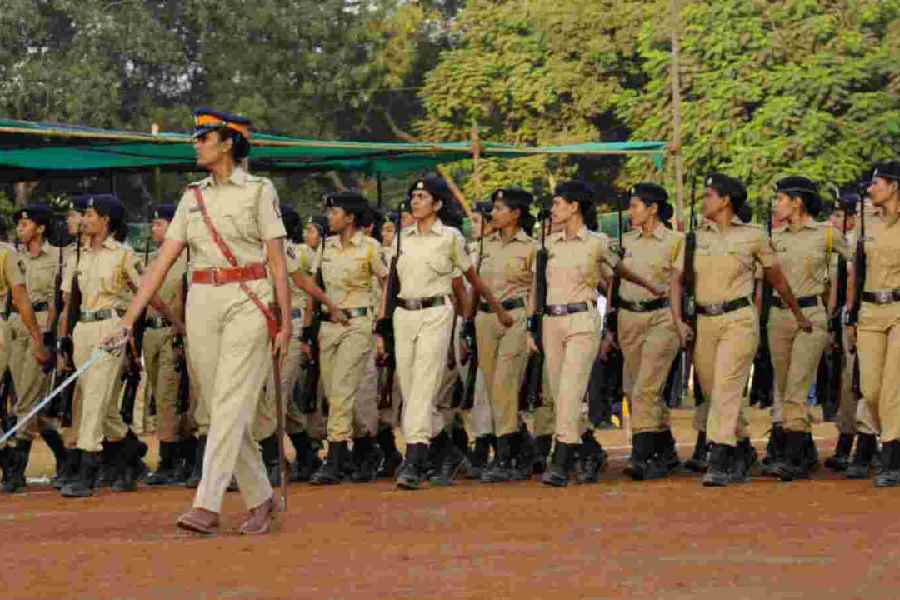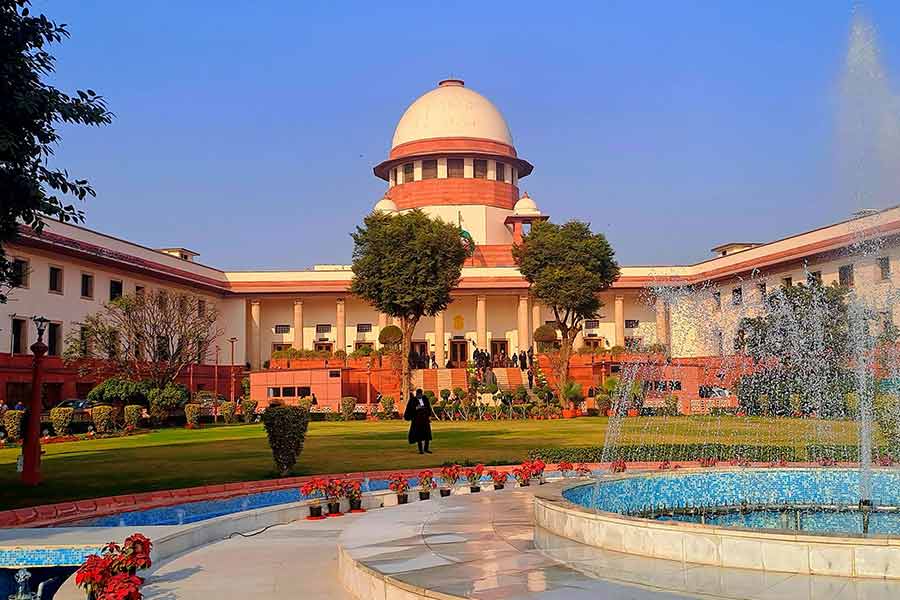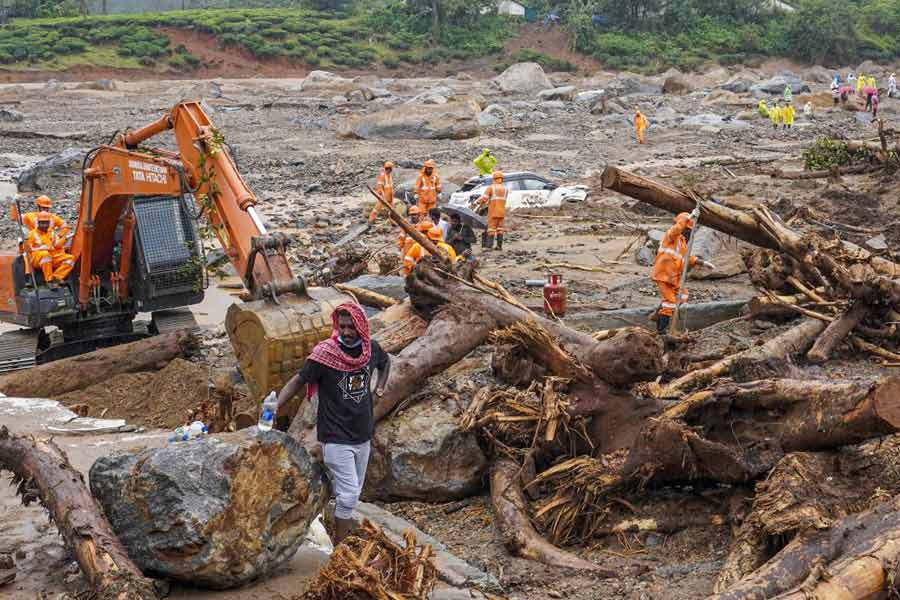Over the past six weeks, the sea has advanced 700 metres and mauled the fishing village of Ramayapatna in Odisha’s Ganjam district, gobbling up farmland and 40 houses.
Similar sea erosions have been witnessed in several other coastal districts in the state. Where the marauding sea has not eaten away the land, it has flooded the agricultural fields with saline water.
Just a few days ago, reports of sea erosion near the Puri beach had triggered a panic.
“The erosion began after the onset of the monsoon. The sea started slowly eating away the landmass from August 1, before turning violent since September 1,” L. Potudo, a fisherman in Ramayapatna, 240km from here, told The Telegraph.
“It has swept away nearly 40 houses, including pucca houses. Many of these beachside houses had stood intact for 50 years.”
Potudo said the sea had advanced nearly 700 metres and entered the village, which is home to 200 families.
“We had never before witnessed such aggression from the sea. It has damaged not just our homes but our nets and fishing tackle too,” he said.
“We have anyway been unable to set out to sea for the past three months because of the bad weather. All our sources of income have been hit. Besides, I have lost my home. Now I have pawned my gold and taken a Rs 60,000 loan from a moneylender just to survive.”

The sea eats into a house at Ramayapatna village in Odisha’s Ganjam district. Picture by Gopal Krishna Reddy
L. Loknath, a father of six daughters, has also lost his home. “Some villagers have even pawned their utensils. The authorities gave us just Rs 1,000 and a plastic sheet,” he said.
L. Bhogiraju, another villager, said: “The authorities have left us to the mercy of God. They should use sandbags and piles of boulders as an embankment to prevent more damage.”
The villagers had tried to deepen a local, dried-up riverbed hoping to divert the invading seawater into it but the effort proved futile.
Local tehsildar Hara Prasad Bhoi said a report had been sent to the district collector. “We are planning to rehabilitate the villagers at another place,” he said.
“We have selected a tract of land somewhat inland for the purpose, but the villagers are insisting we resettle them somewhere nearby and close to the sea, since they are fishermen. We are trying to find a permanent solution.”
The erosion is the most visible in areas near the Gopalpur port, Puri beach and the adjoining Konark-Chandrabhaga-Ramchandi stretch.
Prashant Kumar Panigrahi, a government oceanographer, said Ramayapatna would be included in the second phase of the Integrated Coastal Zone Management Project, with which he works. But that is expected to take another two to three years.
The project aims to conserve the coastal biodiversity, check soil erosion and protect livelihoods. It is being implemented in two coastal stretches of Odisha — from Paradip to Dhamra and Gopalpur to Chilika — at an investment of Rs 227.64 crore.
People in five coastal districts — Kendrapada, Jagatsinghpur, Khurda, Puri and Ganjam — are expected to benefit.
“We have asked the irrigation department of Berhampur division to submit a proposal spelling out how the sea erosion can be checked,” Panigrahi said.
“A team from the National Institute of Technology, Chennai, has visited the area to study the erosion. We are waiting for its report.”











